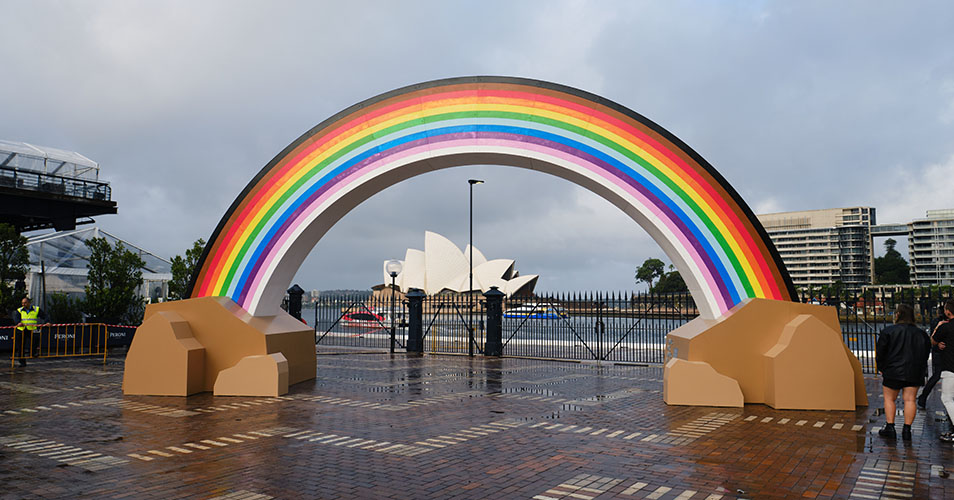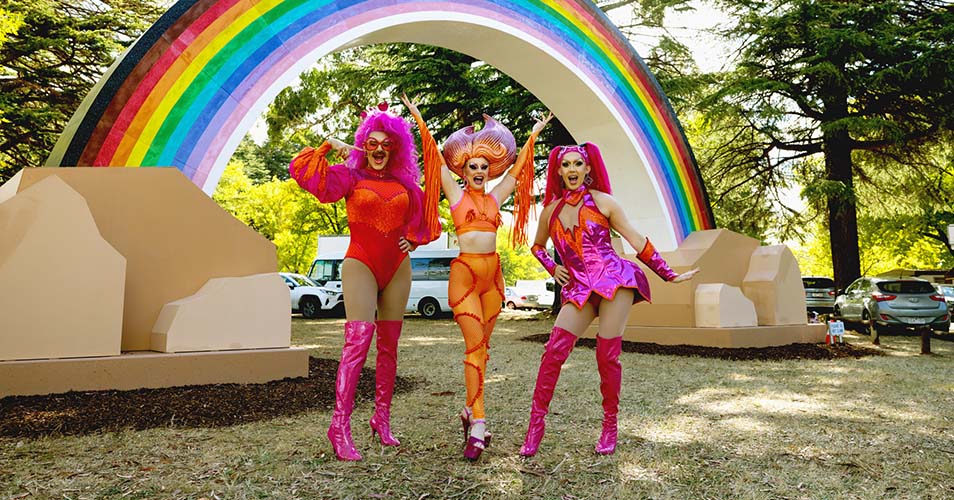The Big Rainbow Project was ultimately a values-based play for Tinder. While the team tracked registrations, reactivations and usage frequency, brand took centre stage in campaign metrics.
“First and foremost, we wanted to make sure we were communicating our values and changing brand perceptions,” Hardeman explains. “Inclusivity is one of our most critical values from the get-go.
“We know the vast majority – 80% of Gen Z, and even millennials – feel it’s important brands they use and brands they engage with align with their values. Knowing inclusivity is critical with our core demographics, we know when we shift those brand perceptions, people will ultimately, and especially long term, start using Tinder more or get on Tinder for the first time.”
One highlight result was more than 200 PR hits with 100 per cent positive sentiment. Record-breaking brand uplift scores was another.
“Brand perception lifts were higher than we had seen for any brand campaign done in Australia before,” Hardeman says. “These included upwards of 15-point lifts on key brand perceptions around Tinder being an inclusive brand, and Tinder being a brand for ‘people like me’.
“It’s probably one of the most successful media campaigns we’ve ever had as well.”
Significant brand lift beyond the core queer community targeted was another surprising result. “We saw those really big lifts when it came to the queer community, but we also saw them for heterosexual women; their brand lift results were at the same levels as the LGBTQIA+ community,” Hardeman says.
“That showed us allyship is a stronger force than we even had recognised. We knew anecdotally this was the case, and that women care about inclusivity, but that was really nice to see. Not only from a brand perspective but from a business case perspective, this campaign ended up meaning something beyond the LGBTQIA+ community.”
For Hardeman, a big takeaway is the importance of addressing regional Australian audiences not just for their own sake, but as a cornerstone of inclusive engagement nationally.
“Working off a regional insight doesn’t mean broader Australia isn’t going to care about what you’re doing,” she says. “Even though we did something with regional Australia in mind, and heroed their stories, many more people cared than regional Australians.”
“There are really key differences when you’re developing creative for the regions. But those similarities are equally as important if you want a campaign to have legs beyond regional Australia as well.”














